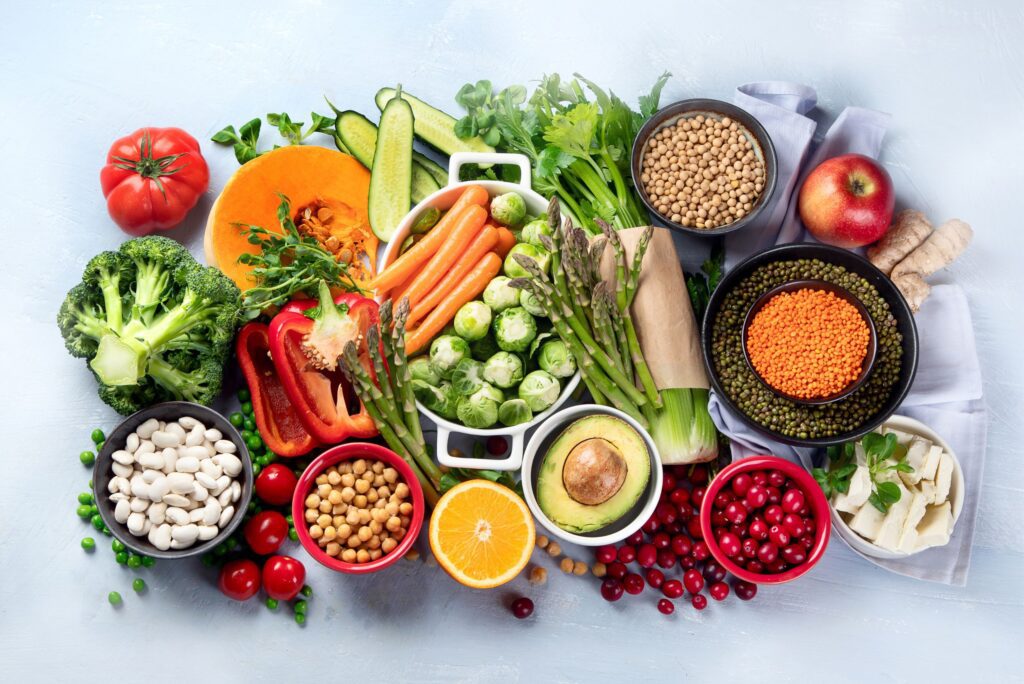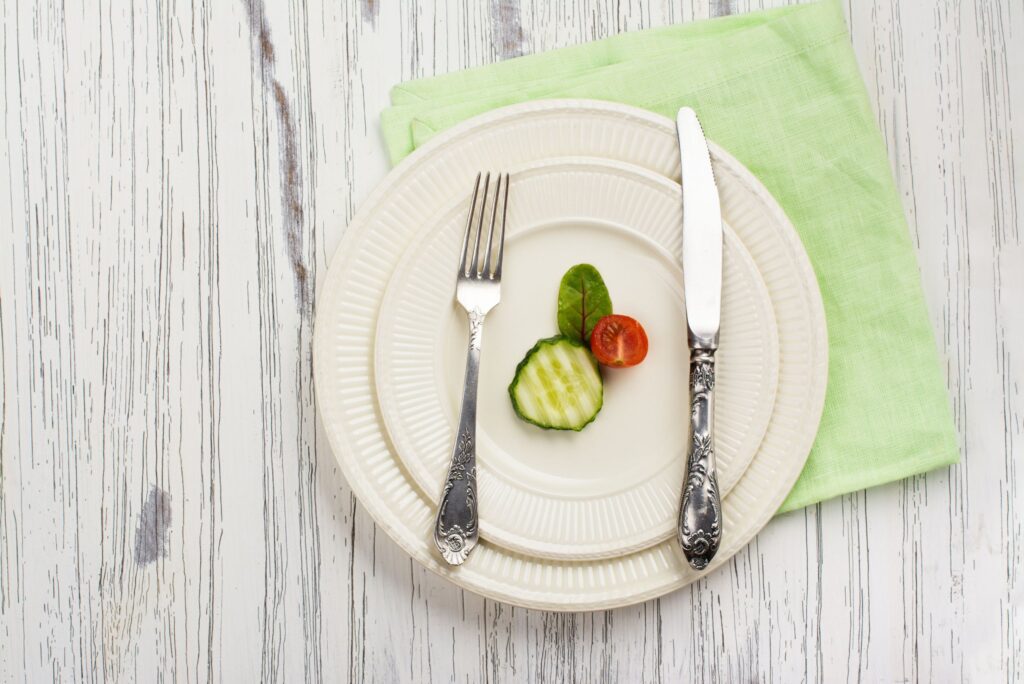
I work with people to improve their health and well-being with food every day. In my consults, I often hear the same hurdles and problems crop up.
So, here’s my list of five common nutrition mistakes I see and what you can do instead:
1. Going on a diet
It might seem crazy to hear that as a dietitian, I hate diets. The main reasons are that diets typically have two things in common:
- They have arbitrary rules that don’t consider you as an individual.
- They are temporary.
I often ask my clients “do you see yourself eating this way when you’re 80?” No? Then why start now? If you want to change your health and well-being permanently, you need make permanent and sustainable changes in what you eat.
So my advice is only to make changes that you can maintain long-term.
2. Not drinking enough water.
Most of my clients do not drink enough water. This can be for a myriad of reasons, from being too busy, having trouble accessing water, or that they simply do not like it.
Dehydration can make you tired, which makes it harder to make good decisions about food. Some people may also experience food cravings when they haven’t had enough to drink, resulting in overeating.
The best way to tell if you’ve had enough is to check the colour of your wee. You want to ensure it’s a light colour (like lemon cordial), not a dark colour (like apple juice). If you don’t like plain water, try adding juice, fresh fruit, or herbal tea.

3. Eating when you’re not hungry.
The easiest way to eat more than you need is by ignoring your body’s feelings of hunger and fullness.
Take a moment to “tune in” to your hunger.
Most people don’t realise that the stomach is just beneath the ribcage and is around the size of your fist when empty. Close your eyes and listen to how your stomach is feeling. Can you feel an emptiness or growling? If so, you’re probably hungry, and it’s time to have something to eat. Do you feel a sense of tightness or fullness? You must have eaten recently. If it’s pretty strong then maybe you overate. Maybe you feel nothing at all? That’s ok! That means you’re not full or empty.

It can be hard to eat only when you’re hungry. You might have a set lunch break or be eating at a social event. It’s best to plan your day so that you feel a little hungry before each meal or snack. For example, if your lunch break is set at 12 pm, but you’re not hungry yet, try having a smaller snack at morning tea time.
There will always be times when you eat when you’re not hungry (birthday cake anyone? Yum!) But it’s important that these moments are your choice, not an accident.
4. Not eating vegetables
Vegetables have a lot of benefits for your health and well-being. They have a lot of vitamins, which assist in the prevention of heart disease and some cancers. As they are high in fibre, they digest more slowly and help you feel full for longer!
Only 7% of Australians currently eat the recommended serving every day. Most people should aim for five servings daily (one serving is ½ a cup of cooked vegetables or 1 cup of salad).
Why not take the challenge? It’s not easy to fit them in, but it will make you feel much better.

5. choosing portion sizes according to someone else’s rules
How do you decide how much to eat? Do you know how much is enough to stop you from feeling hungry, to make you feel comfortable or to make you feel full? Most of my clients would have trouble answering these questions. Here are a few reasons why you might struggle to choose the right portion for you:
- Growing up you had to “finish your plate.”
- You eat in restaurants where they serve large meals.
- You’ve eaten the same amount for a long time (maybe since you were much younger) out of habit
- You eat foods that come in pre-packaged, one-serve packets
My advice to my clients is always to eat less and see what happens. Do you still feel hungry? No worries! Eat a bit more. So you get hungry earlier? That’s ok! Eat again. You can’t know how much is right for you without a little trial and error. You don’t need to be afraid of hunger either; it’s the best tool to know how much your body needs.

If you would like more tips or advice on how to apply this to your lifestyle, feel free to email me at cassandra.stuchbery@staytuned.com.au or click below to book an appointment!
References
Better Health Channel. Water – a vital nutrient [Internet]. Victoria: Department of Health & Human Services, State Government of Victoria; 2014 [updated 2014 May; cited 2018 Jun 23]. Available from: https://www.betterhealth.vic.gov.au/health/healthyliving/water-a-vital-nutrient
May, M. Eat What You Love, Love What You Eat: How to Break your Eat-Repent-Repeat Cycle. Am I Hungry? Publishing: USA; 2013.
Australian Bureau of Statistics. Australian Health Survey: Nutrition First Results – Foods and Nutrients [Internet]. Canberra: Commonwealth of Australia; 07/06/2013 [cited 2018 Jun 23]. Report No.: 4364.0.55.007 Available from: http://www.abs.gov.au/ausstats/abs@.nsf/Lookup/by%20Subject/4364.0.55.007~2011-12~Main%20Features~Vegetable%20products%20and%20dishes~722

